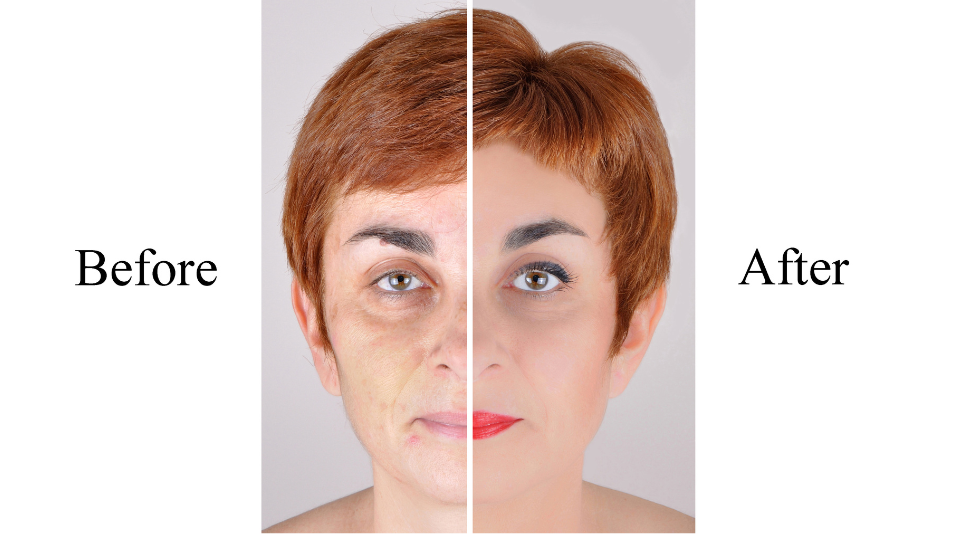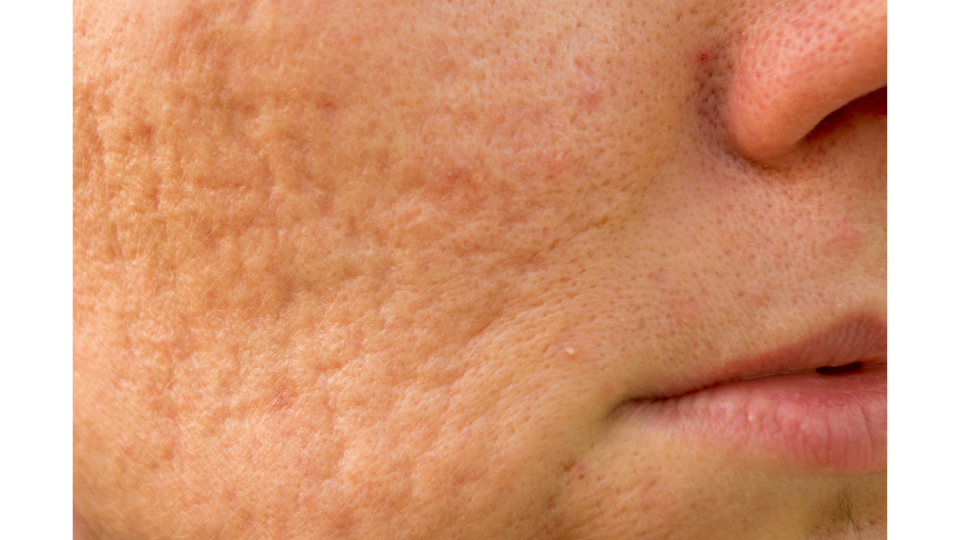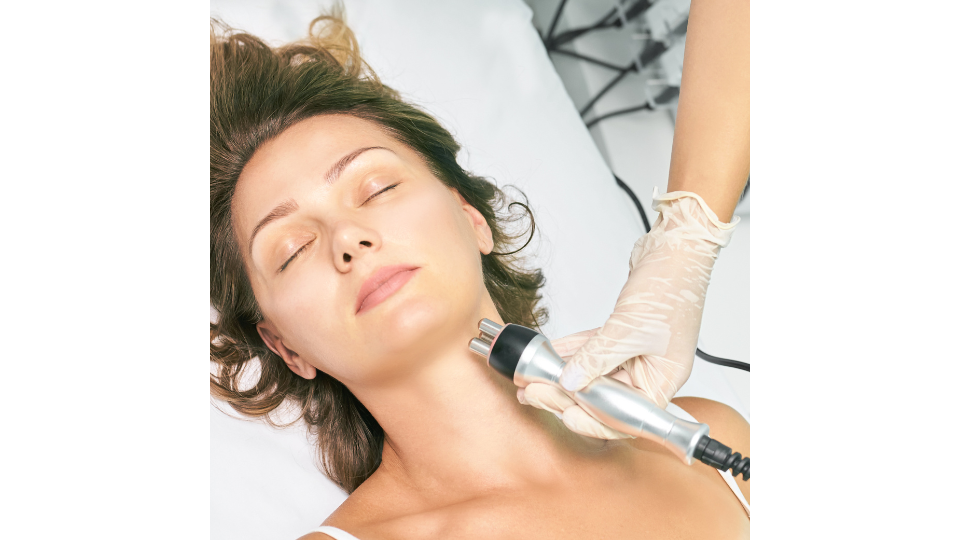
Welcome to GlowWithoutAcne.com, your ultimate acne scar treatment guide. Acne scars are a physical and emotional reminder of a common skin condition affecting millions worldwide. Fortunately, modern dermatology and healing sciences offer hope, a variety of treatment options, and lasting solutions. This guide will help you assess your scars, decide when and how to seek treatment, explore proven therapies, and support your overall skin recovery journey.
Table of Contents
- Understanding Acne Scars
- When to Seek Professional Help
- Overview of Scar Treatment Options
- What to Know Before You Choose a Treatment
- Costs and Insurance Considerations
- Caring for Your Skin Before and After Treatment
- Special Considerations for Darker Skin Tones
- Preventing Future Scarring
- Frequently Asked Questions
- External Resources
Understanding Acne Scars
The pathway from active acne to clear skin can sometimes be complicated by scars. These scars may be subtle or severe, and understanding their nature is the first step in deciding what you want to accomplish with treatment.
Types of Acne Scars Explained – Guide to Effective Scar Treatment
Acne scars can broadly be divided into two main categories: atrophic (depressed) and hypertrophic (raised or keloid) scars.
Atrophic scars are the most common from acne, especially on the face. These include:
- Ice pick scars: Deep, narrow, pitted scars.
- Boxcar scars: Broad, box-like depressions with sharply defined edges.
- Rolling scars: Wide depressions with sloping edges that give the skin a undulating appearance.
- Depressed fibrotic scars: Thicker, more fibrous depressed scars.

Hypertrophic and keloid scars result from excessive collagen production, leading to raised scars above the surface of the skin, more common on the chest, back, and shoulders.
Learn more about types of acne scars from the American Academy of Dermatology.
Severity: Should You Treat? – Acne Scar Treatment Guide
Whether you pursue treatment depends on several factors outlined in this acne scar treatment guide:
- Do your scars cause emotional distress? Are they disfiguring or just minor marks?
- What do you want to achieve? Do you want to soften their appearance, erase them completely, or achieve a “camera-ready” complexion?
- What type of scars do you have? Some respond better to certain treatments than others.
- Are you prone to keloids? Some procedures can make keloid scars worse — always discuss with your dermatologist.
- Can you manage the costs? Most treatments are considered cosmetic and not covered by insurance. Budgeting is crucial.
When to Treat Acne Scars
Do NOT undergo scar revision until your acne is well controlled or completely resolved. Procedures for scars performed before acne is calm can result in new scars. Prevention always beats correction.
When to Seek Professional Help for Acne Scar Treatment
Not all practitioners are equal. Many procedures require exceptional skill and proper credentials. Seek out a dermatologist or plastic surgeon with documented experience in advanced scar treatments.
Finding a qualified provider:
- Use online resources from organizations like the American Academy of Dermatology and American Society for Dermatologic Surgery.
- The American Society of Plastic Surgeons offers a physician search tool.
- Ask about your provider’s experience with your specific skin type and scar morphology.
Overview of Scar Treatment Options
There is no single miracle cure for acne scars. Often, the best results come from a combination of therapies tailored to your skin.
Laser Skin Resurfacing
What Is It?
Laser skin resurfacing uses concentrated light energy to remove or remodel skin layers, stimulating new collagen and creating a smoother texture.
Types of Lasers
- Ablative Lasers: Aggressively remove outer layers of skin; used for deeper or extensive scarring, but carry a risk of significant downtime and pigment changes.
- Non-Ablative Lasers: Penetrate deeper skin layers without damaging the surface; stimulate natural healing and collagen formation, beneficial for shallow scars without significant downtime.
- Fractional Lasers (e.g., Fraxel): Use grids of microbeams to target only fractions of the skin at a time, promoting rapid healing by preserving healthy tissue between treated spots.
Pros and Cons
- Pros: Dramatic improvements, collagen remodeling, newer fractional lasers have less downtime.
- Cons: High cost ($3,000–$8,000 or more), risk of pigment changes (especially for darker skin), requires multiple sessions, not all scars respond equally.
Learn More
Read more on laser resurfacing
Suitability
- Best for boxcar and rolling scars.
- Not ideal for very deep or keloid scars.
Surgical Procedures for Acne Scars
Punch Techniques
For deep atrophic scars, surgical options are detailed in this acne scar treatment guide to help you choose the best approach:
- Punch Excision: Individual scars are surgically removed like a cookie-cutter, and the wound is stitched.
- Punch Replacement: Scar is removed and substituted with a patch of healthy skin (often from behind the ear).
- Punch Elevation: Scar is cut and lifted to be flush with the surrounding skin.
Typical costs: $50–$150 per graft or $1,000–$2,500 per session.
Risks & Benefits
- Targeted, excellent for ice pick and deep boxcar scars.
- Small, linear scars may result, which tend to heal better.
- May be combined with laser or resurfacing treatments for optimal results.
Punch excision for acne scars: Read more at DermNet NZ
Subcision
A specialized procedure designed for rolling or depressed scars tethered by fibrous bands under the skin.
How it works:
- A needle is inserted under the scar to break up bands of tissue.
- This triggers new collagen creation and releases the skin, leading to a smoother surface.
Cost: $200–$1,000 depending on the number of treated scars.
Often combined with fillers or laser therapy for even better results.
More about subcision for acne scars

Soft Tissue Augmentation: Fillers and Fat Grafting in Acne Scar Treatment Guide
Fillers:
- Collagen, hyaluronic acid, or your own fat can be injected underneath shallow depressions.
- Results are temporary (often 6–12 months), but newer fillers offer longer lasting outcomes.
- Cost per session: $400–$1,200
Fat Grafting:
- Your fat is taken from another area and transplanted under scars.
- Results last 6–18 months (sometimes longer), often require repeated sessions.
Best for: Soft, shallow, gently sloping scars, not deep or “anchored” scars.
More on acne scar fillers:
U.S. Dermatology Partners on Fillers for Acne Scarring
Dermabrasion
An older, more aggressive approach:
- Involves “sanding down” the skin using a rapidly spinning device with a wire brush or diamond particles.
- Can improve some atrophic scars, but less popular due to risks of pigmentation changes and new, better options.
- Costs $2,500–$4,500 per full face.
Risks: Potential for pigment streaking, especially in skin of color; not for hypertrophic or keloid scars.
MedlinePlus explanation of dermabrasion
Microdermabrasion
A superficial form using fine crystals and a vacuum. Blasts away surface skin cells.
Best for: Fine lines, subtle unevenness ; ineffective for deep acne scars.
Sessions: Often sold in packages; $150–$300 per treatment.
Emerging Non-Invasive Technologies
Radiofrequency (RF) Devices
Heat is delivered into deeper skin layers to tighten, remodel collagen, and in some cases, impact sebaceous (oil) glands. Known as non-surgical skin tightening or “Thermage.”
- More studies needed for acne scars, but promising for mild atrophic scars and skin tightening.
- Costs between $2,000–$5,000.
Overview of radiofrequency devices
What to Know Before You Choose an Acne Scar Treatment: Key Factors
- Scar type and skin type matter most — as explained in this acne scar treatment guide, some treatments pose higher risks for certain skin tones.
- Combination therapy achieves better, more natural results for most people.
- Downtime: Be aware of healing times, possible redness, and peeling.
- Cost: Procedures are rarely covered by insurance unless reconstructive for medical, not cosmetic, reasons.
- Experience: Only seek treatment from board-certified dermatologists or plastic surgeons.
Costs and Insurance Considerations
- Most procedures are considered cosmetic, not medically necessary.
- Costs can range from hundreds for fillers or microdermabrasion to thousands for lasers and surgery.
- Scar revision is an investment, plan financially before starting because multiple sessions or combination therapies are often needed.
Caring for Your Skin Before and After Treatment
Before treatment:
- Clear all active acne with a dermatologist’s help.
- Avoid sun exposure, retinoids, and exfoliation as instructed.
After treatment:
- Follow wound care instructions exactly (hydrate, protect, avoid sun).
- Use prescribed creams or ointments.
- Avoid picking, rubbing, or irritating your healing skin.
- Stay vigilant for signs of infection.
Special Considerations for Darker Skin Tones
Individuals with higher levels of melanin (Fitzpatrick skin types IV–VI) face greater risks of post-inflammatory hyperpigmentation, scarring, and color changes after procedures.
- Choose practitioners who have proven experience treating your skin tone.
- Non-ablative or fractional lasers are safer; aggressive procedures may not be suitable.
- Sometimes, pre-treatment with skin lightening agents may be necessary.
More about treating acne scars in skin of color
Preventing Future Scarring
- Treat acne early and aggressively. Poorly managed breakouts increase risk for scars.
- Never pick or squeeze pimples.
- Protect healing skin from sunlight; UV damage can darken scars.
- Use gentle, non-comedogenic skin care.
Frequently Asked Questions
Q: Can any home remedies or over-the-counter creams remove acne scars?
A: Over-the-counter products can help with post-inflammatory hyperpigmentation but are largely ineffective for true atrophic or hypertrophic scars. Your best option for dramatic improvement lies in professional medical treatments.
Q: How long does it take to see scar improvement?
A: Some improvement is visible within weeks, but complete remodeling can take months. A series of treatments is often needed.
Q: Can scars come back after treatment?
A: New scars can form if acne is not controlled or if you’re prone to atypical healing (like keloids). Following preventive measures is essential.
Q: Are there any non-medical options that really work?
A: Options like microneedling performed by professionals, gentle massage, and healthy lifestyle choices may help modestly but won’t substitute for advanced treatments.
Q: Can I combine treatments?
A: Combination therapy (e.g., subcision plus laser) is often the best approach for complex or severe scarring.
External Resources
- American Academy of Dermatology – Acne Scar Treatments
- American Society for Dermatologic Surgery
- NHS Guide to Scar Treatments
- DermNet NZ – Acne scars
Final Thoughts
Healing acne scars is a journey, not a sprint. Today’s medical technology, when applied by expert hands, offers hope and real transformations. Begin by understanding your own skin, setting realistic goals, and partnering with a skilled practitioner dedicated to your skin health.
Remember, no scar revision is the same for everyone. Take time to research, consult professionals, and care well for your skin, you deserve confidence and radiance. For more on holistic skin healing and advanced solutions, explore the rest of GlowWithoutAcne.com and start your journey to glowing, scar-free skin.
